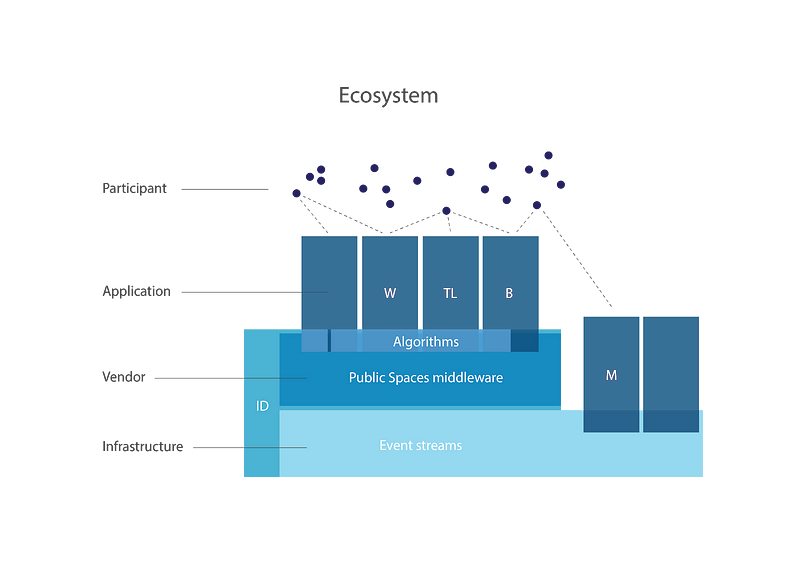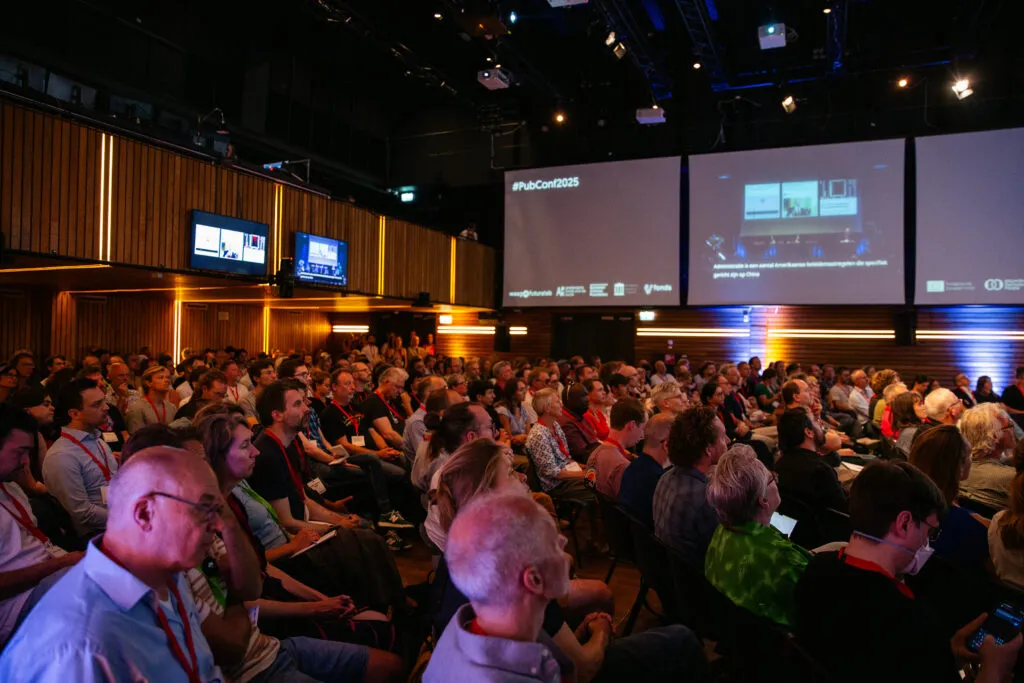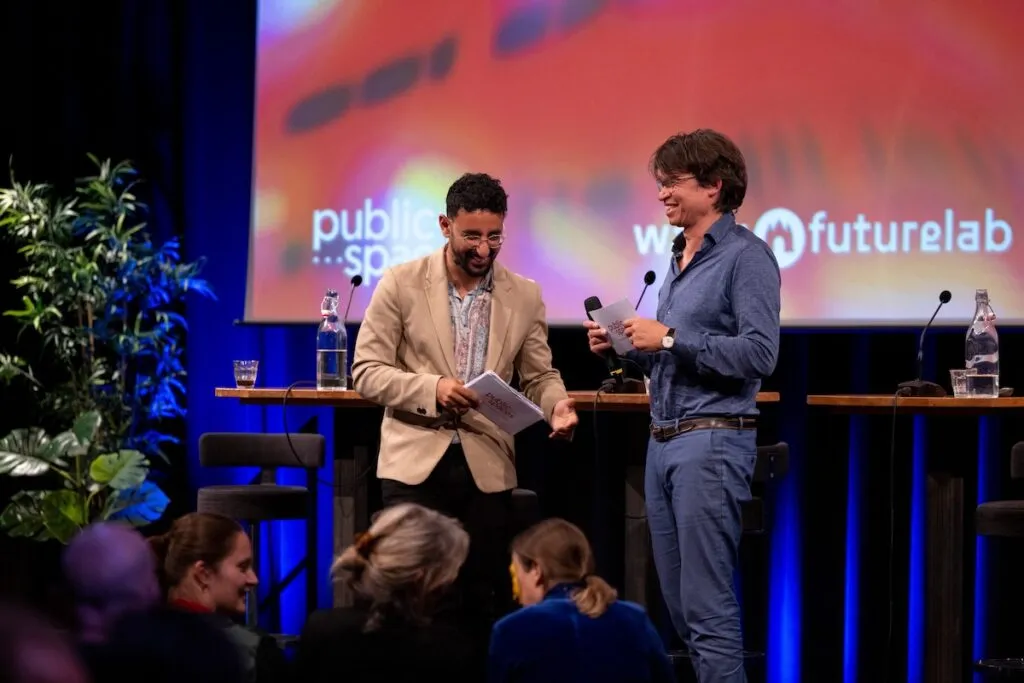We have dedicated significant time over the last couple of months discussing what the products and services of PublicSpaces actually look like. The debate centered on some very fundamental issues:
- Should PublicSpaces be more than just a quality mark? Does it actually develop software products or -services?
- Should PublicSpaces be a movement or an organization?
- Does PublicSpaces provide a social networking platform?
The basis of our discussion was set by a conclusion drawn in one of our earliest design sprints. This image depicts that conclusion:

As you can see, PublicSpaces is positioned as a set of middleware software components, that make use of low-level infrastructural services such as ActivityPub and X-API. These components can in turn be used by concrete end-user platforms, such as provided by Waag, Tegenlicht or Beam (W, TL, B in the image above — three platforms that are in use by our founding partners).
The nature of the PublicSpaces middleware components is determined by an analysis of use cases. We are now in the process of prioritization and decision-making and expect to come to a conclusion within a couple of weeks. This is an indicative categorization of components, in order of probability of implementation:
- Authentication, verification, authorization (login / sign on)
- Data and content management
- Reputation and rating
- Dialog
- Discovery / metadata/ SEO
- Content valuation and monetisation
- Federation and syndication
- Versioning and collaborative content
By positioning PublicSpaces as a component provider, we feel we make optimal use of the nature of our coalition: we are public organizations with a combined reach of about 7 million people. Our organizations all are or carry strong brands with a huge name recognition. We feel it would be counter-productive to try to start building a new brand without using the existing ones. So we provide our partners with the tools that they can subsequently implement in their own end-user solutions: whether they be dating-apps, document-storage, video-sharing or commenting-systems.
In other words: instead of having to use a Facebook- or Google-login (with many detrimental consequences in terms of privacy and data-leakage), we provide a PublicSpaces login. And instead of implementing Disqus as a commenting system, we provide a PublicSpaces reaction system. We will develop these components as needs be, as determined by validation by our founding partners and their user-bases and so develop an ecosystem that will grow much richer over time — all based on our published public values and governed by our system of oversight and checks and balances.
In this manner, PublicSpaces will grow organically, allowing it to be as agile and flexible as possible, while researching possible revenue models for sustainable growth. PublicSpaces’ name recognition will grow organically as well; we need to make sure that these components are well branded. We feel that this is necessary in order to be effective as a movement for change as well. We want PublicSpaces to be an organization with as much public (i.e. as in audience) involvement as possible. We want the community of open source software developers and designers to start participating, to review our code, to improve on it, to suggest new additions and to really start ‘co-owning’ PublicSpaces.
By the way, these components sometimes already exist; so we do not mean to say we will develop all this by ourselves. We will investigate existing services and use these if we feel they comply with our standards. The user authentication scheme as provided by IRMA is an example of an existing solution that could be the basis for what we aim to deliver.
Our approach implies that PublicSpaces will not start working immediately to provide an alternative to Facebook or Instagram or Snapchat. For the time being, the audience at large will not be able to access a PublicSpaces platform as such, but they will be able to access platforms ‘powered by’ PublicSpaces. However, in the longer run, depending on how things work out, it is very well possible that we will start building a PublicSpaces social network, with a lot of the functionality that people are used to in current popular social platforms.



